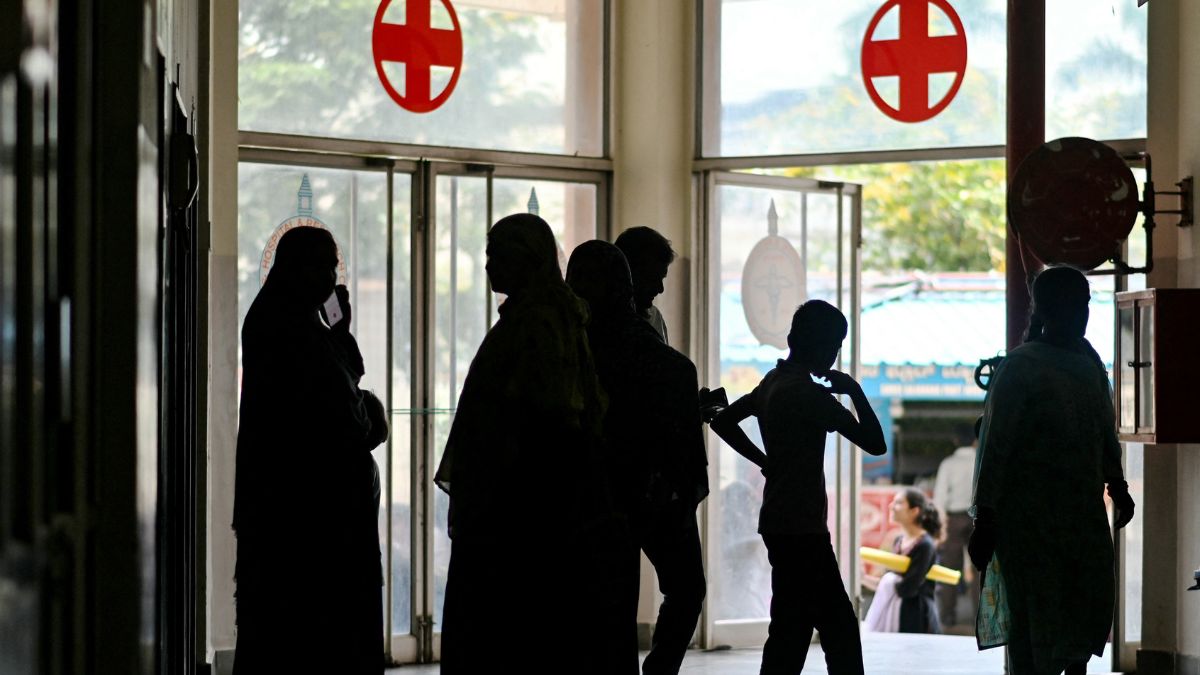India could offer visa-on-arrival services for medical tourists from the United States and parts of Europe. Commerce and Industry Minister Piyush Goyal on Tuesday (November 11) said the government is open to considering the proposal for patients from these countries.
His remarks come as medical tourism in India continues to grow. The country’s high-quality medical services at affordable costs have made it one of the top choices for foreigners.
Let’s take a closer look.
How India’s medical tourism is booming
India has emerged as a hub for medical tourism. By April this year, as many as 1,31,856 people had travelled to India for medical purposes, as per the Ministry of Tourism data.
In 2024, a total of 7.3 million (73 lakh) medical tourists were estimated to have visited India. This was a jump from an estimated 6.1 million (61 lakh) in 2023.
Most medical visa holders last year were from Bangladesh, followed by Iraq and Somalia.
India ranks 10th on the Medical Tourism Index (MTI). The South Asian country offers more affordable and better quality tertiary care than most countries. From complex surgeries to cancer treatment, foreigners are increasingly choosing India for healthcare.
Dr Rajeev Agarwal, an IVF specialist at Renew Healthcare in Kolkata, told Hindustan Times, “India has emerged as a preferred destination for foreign patients seeking affordable and high-quality medical treatments. Thousands of foreign nationals visit India annually for various procedures, attracted by the country’s advanced healthcare infrastructure, skilled medical professionals and cost-effective services.”
“The rise in medical tourism can be attributed to factors like India’s competitive pricing compared to Western countries, the availability of advanced treatments, and the country’s diverse cultural and touristic appeal,” he added.
Quick Reads
View AllIndia attracts uninsured patients from developed countries like the US and the United Kingdom. In 2024, about 1,911 medical tourists from the US travelled to India, while 785 people came from the UK on medical visas, according to data from the external affairs ministry.
India’s medical tourism market is likely to see a 12.3 per cent compound annual growth rate (CAGR) in the next decade, touching $ 58.2 billion by 2035, as compared to $18.2 billion in 2025, a report by the Federation of Hotel and Restaurant Associations of India (FHRAI), in collaboration with KPMG, predicted.
“India must lead not just in treating illness, but in promoting long-term wellness. With the right policy support, digital tools, and global outreach, we have the opportunity to become the world’s healing capital,” Someswara Koundinya, Director KPMG India (Sports & Tourism Practice) at KPMG India, was quoted as saying by Forbes India.
ALSO READ: Medical tourism: Why Americans seek treatment in other countries?
Visa-on-arrival for some medical tourists soon?
At the annual CII Health Summit in New Delhi, Union minister Goyal said that visa-on-arrival may be considered for some medical tourists. “The idea about visa on arrival is a good idea. We will pursue that…For many countries, we allow visa on arrival, we allow e-visas…both these can be considered let’s say for the United States, most of the European countries… not all by the way …for most of the countries where we have a fair amount of comfort and where detailed investigations or enquiries are not required,” he said, as per PTI.
To ease travel for overseas medical tourists, India offers e-visas for patients and attendants.
According to Goyal, the global medical travel market is estimated at $800 billion. Combined with fitness and wellness services, the sector could expand into a $1 trillion business.
“India can be at the centre of this ecosystem, combining advanced medical expertise, cost competitiveness, and traditional wellness offerings,” he said.
However, challenges remain for India to become the global leader in medical tourism. Beyond metro cities, infrastructure is inadequate to promote medical and wellness tourism.
“Tier-II and Tier-III cities in India face mounting healthcare pressure, with over 40 million more residents expected by FY27 and Tier-III growth reaching 2.6 per cent - well above the national average of 0.7 per cent. Despite contributing 50 per cent to India’s $ 216 billion healthcare ecosystem (FY23), these regions remain under-served by hospital chains and lack scalable infrastructure, transport systems, advanced equipment, and skilled personnel. Although 600 investment opportunities worth $32 billion exist, much remains untapped,” the report by FHRAI noted.
With inputs from agencies
)